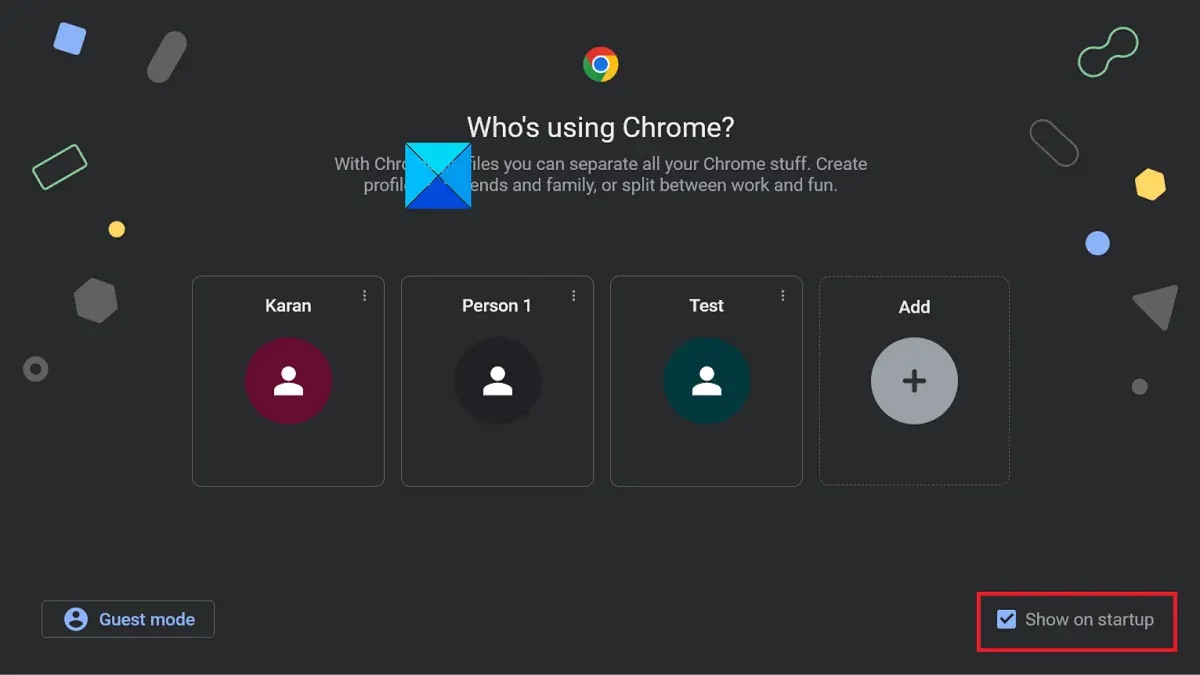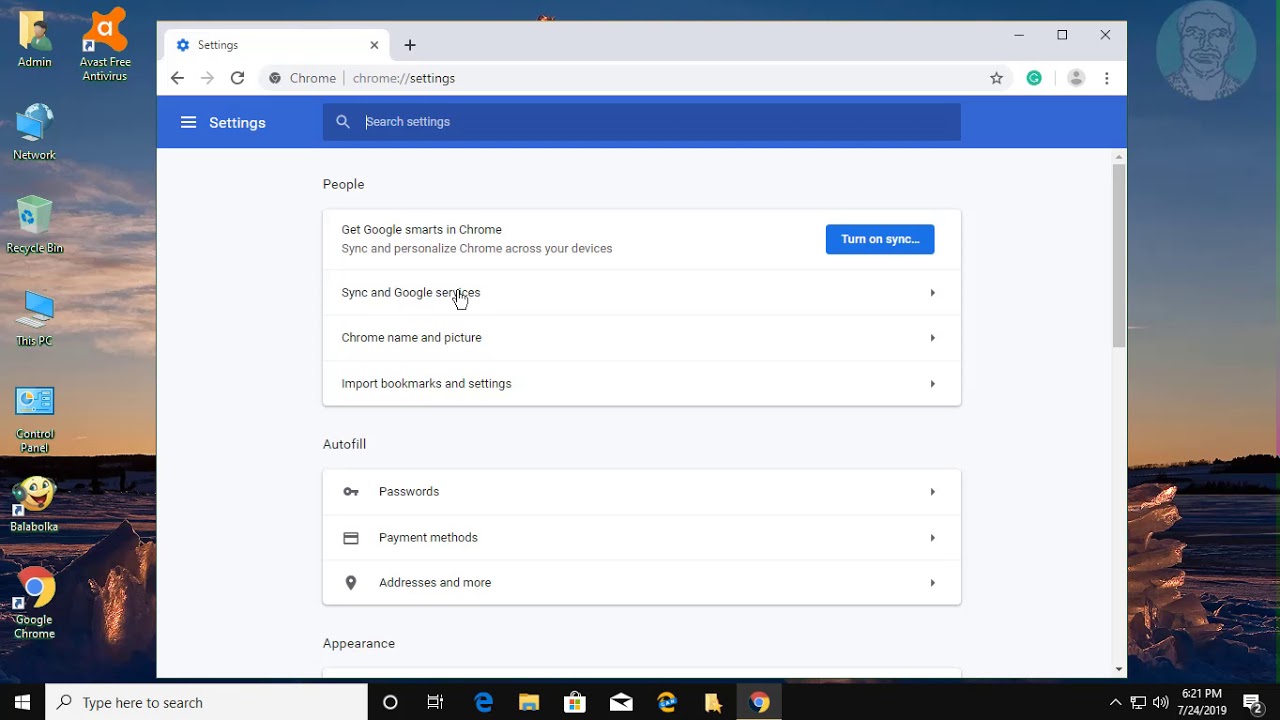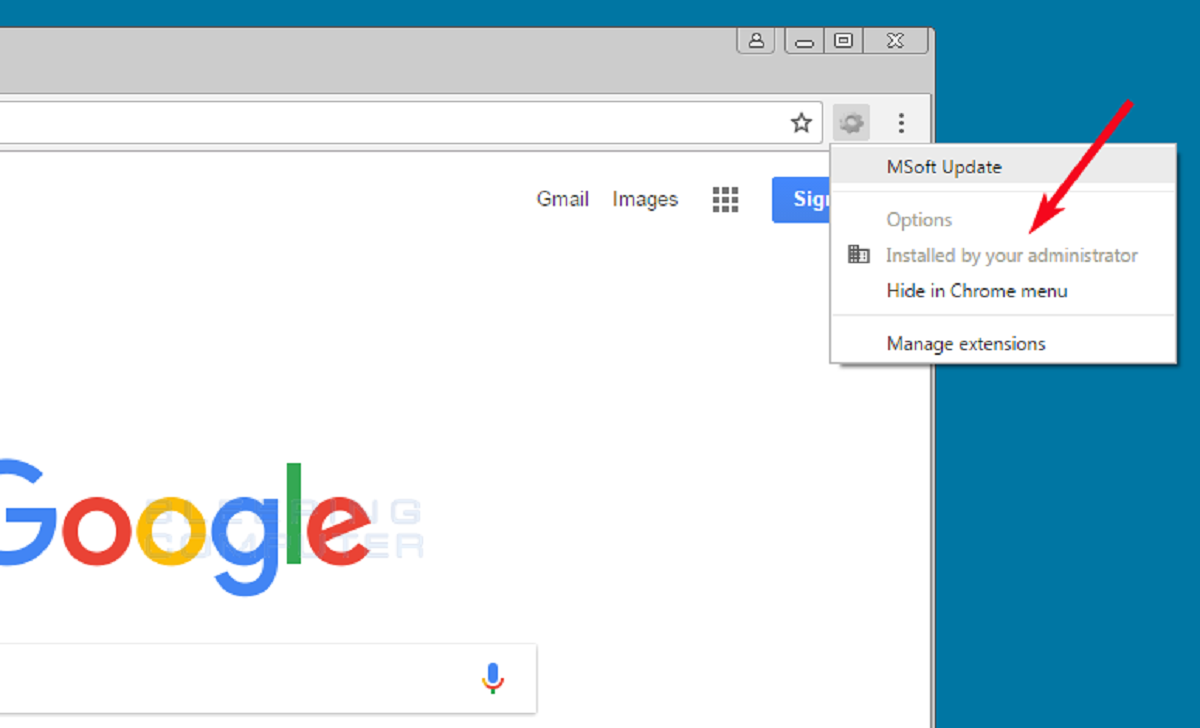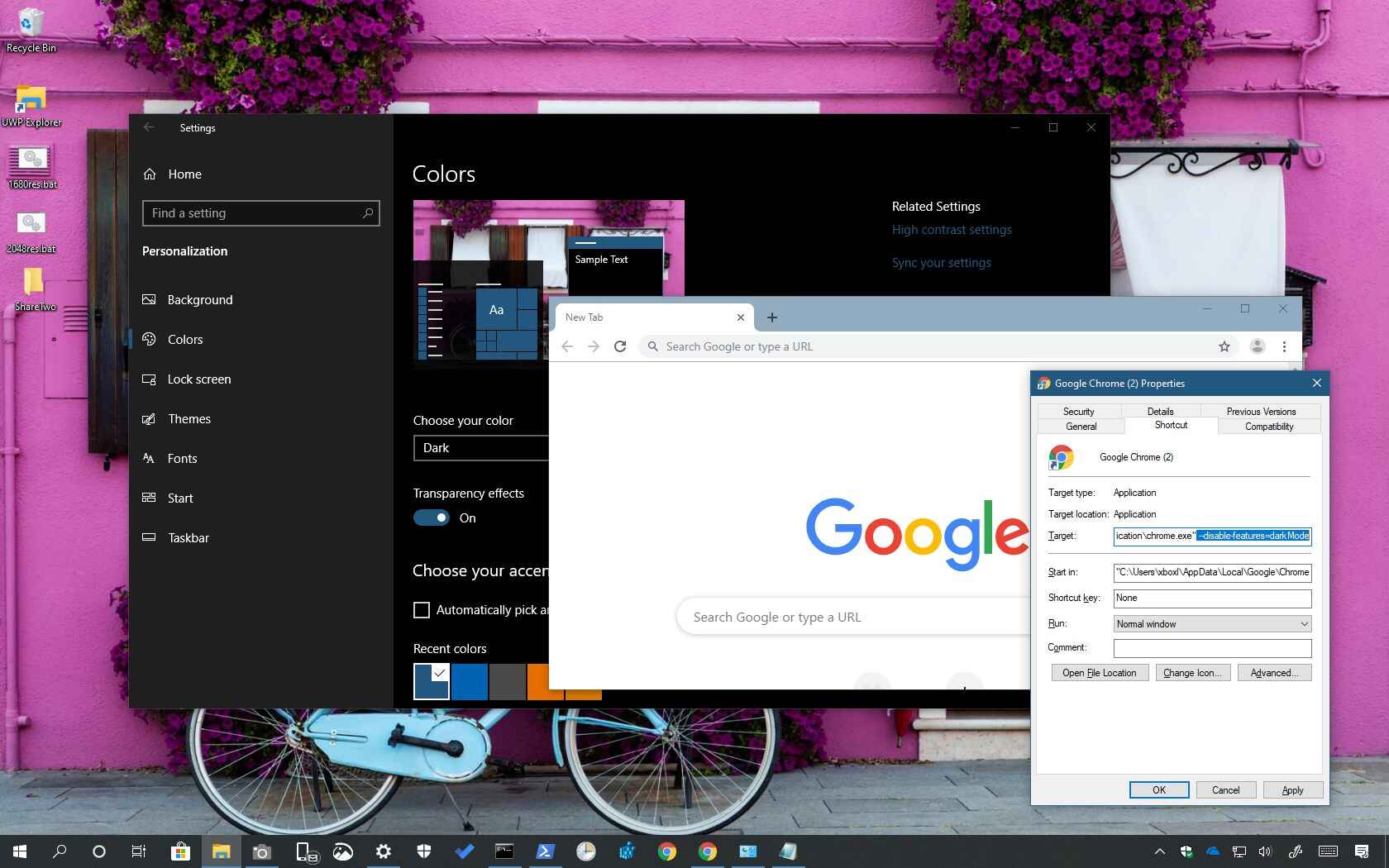Introduction
Are you concerned about your privacy while browsing the web? Do you want to prevent websites from accessing your location through Google Chrome? You're in the right place. In this guide, we'll walk you through the process of disabling location services in Chrome, ensuring that your browsing experience remains secure and private.
Google Chrome, one of the most popular web browsers worldwide, offers a range of features designed to enhance user experience. Among these features is the ability for websites to request and access your device's location. While this can be beneficial for certain applications, it also raises privacy concerns for many users.
By disabling location services in Chrome, you can take control of your online privacy and prevent websites from tracking your whereabouts. Whether you're using a desktop or mobile version of Chrome, the steps to disable location services are straightforward and can be easily implemented.
In the following sections, we'll provide a step-by-step guide to help you navigate Chrome's settings and disable location services effectively. By following these instructions, you can ensure that your browsing activities remain private and secure, without compromising your overall web experience.
Now, let's dive into the details and learn how to disable location services in Chrome, empowering you to take charge of your online privacy.
Step 1: Open Chrome Settings
To begin the process of disabling location services in Google Chrome, you first need to access the browser's settings. This step is essential as it allows you to navigate through the various options and preferences available within Chrome.
-
Launch Google Chrome: Start by opening the Google Chrome browser on your device. You can do this by clicking on the Chrome icon located on your desktop or by searching for Chrome in your device's applications or programs.
-
Access the Menu: Once Chrome is open, look for the three vertical dots located in the top-right corner of the browser window. This icon represents the Chrome menu. Click on it to reveal a dropdown menu containing various options and settings for the browser.
-
Navigate to Settings: Within the dropdown menu, locate and click on the "Settings" option. This action will redirect you to the Chrome Settings page, where you can customize and manage a wide range of browser features and preferences.
-
Explore Advanced Settings: Upon reaching the Settings page, you may need to scroll down to find the advanced settings. Click on the "Advanced" option to reveal additional settings and features that are not immediately visible in the standard view.
-
Locate Privacy and Security: Within the advanced settings, look for the "Privacy and security" section. This is where you can access specific controls related to your browsing privacy and security settings, including the option to manage location services.
By following these steps, you can successfully access the Chrome Settings page, paving the way for the subsequent actions required to disable location services. With the Settings page now open, you are ready to proceed to the next step and continue the process of safeguarding your online privacy within the Chrome browser.
Step 2: Go to Site Settings
After accessing the advanced settings in Google Chrome, the next crucial step in disabling location services involves navigating to the Site Settings. This section allows you to manage and customize various permissions for individual websites, including the ability to control location access.
Here's how to proceed:
-
Access Site Settings: Within the Privacy and security section of Chrome's advanced settings, look for the "Site settings" option. Click on it to enter the Site Settings page, where you can configure permissions and preferences for specific websites.
-
Locate Location Settings: Once you are in the Site Settings, scroll down to find the "Location" option. This is where you can manage how websites interact with your device's location. By clicking on the Location option, you can view and modify the current settings related to location access.
-
Review Current Permissions: Upon entering the Location settings, you will see a list of websites that have previously requested or been granted access to your device's location. This list provides an overview of which websites have permission to access your location data.
-
Modify Location Permissions: To disable location access for all websites, toggle off the switch or button associated with location permissions. This action effectively prevents any website from accessing your device's location, enhancing your online privacy and security.
By navigating to the Site Settings and specifically accessing the Location permissions, you can effectively manage and control how websites interact with your device's location data. This level of customization empowers you to make informed decisions about your online privacy, ensuring that your browsing activities align with your preferences and security requirements.
With the location permissions successfully modified, you have taken a significant step towards enhancing your privacy within the Chrome browser. However, there are additional actions to confirm and solidify the changes made to the location settings, which we will explore in the following step.
Now that you have successfully accessed the Site Settings and adjusted the location permissions, you are ready to proceed to the next step and finalize the process of disabling location services in Google Chrome.
Step 3: Disable Location
Now that you have accessed the Site Settings and adjusted the location permissions, it's time to delve into the process of disabling location services in Google Chrome. This step is crucial in ensuring that websites are unable to access your device's location, thereby safeguarding your online privacy and security.
Upon entering the Location settings within Chrome's Site Settings, you will encounter the option to manage location permissions for individual websites. This level of customization empowers you to control how websites interact with your device's location data, providing you with the flexibility to make informed decisions about your online privacy.
To disable location services effectively, follow these steps:
-
Toggle Off Location Access: Within the Location settings, you will find a toggle switch or button associated with location permissions. To disable location access for all websites, simply toggle off this switch. By doing so, you effectively prevent any website from accessing your device's location, thereby enhancing your online privacy and security.
-
Verify the Changes: After toggling off the location access, it's essential to verify that the changes have been successfully implemented. You can do this by reviewing the list of websites that previously had access to your location. Upon disabling location services, these websites should no longer have permission to access your device's location.
-
Ensure Consistent Monitoring: While you have disabled location services, it's important to periodically review and manage your site settings to ensure that your preferences align with your privacy and security requirements. By consistently monitoring your location permissions, you can maintain control over how websites interact with your device's location data.
By following these steps, you can effectively disable location services in Google Chrome, empowering you to take charge of your online privacy. This level of control ensures that your browsing activities remain secure and private, without compromising your overall web experience.
With location services successfully disabled, you have taken a significant step towards enhancing your privacy within the Chrome browser. However, there are additional actions to confirm and solidify the changes made to the location settings, which we will explore in the following step.
Step 4: Confirm Changes
After disabling location services in Google Chrome, it's essential to confirm that the changes have been successfully implemented. This step ensures that websites are no longer able to access your device's location, reaffirming your commitment to maintaining a secure and private browsing experience.
To confirm the changes made to the location settings, follow these essential steps:
-
Verify Site Permissions: Return to the Site Settings within Google Chrome to review the permissions granted to individual websites. By navigating back to the Location settings, you can confirm that the websites previously listed as having access to your location no longer retain this permission. This verification process provides clarity on the effective implementation of the disabled location services.
-
Test Location Requests: To further confirm the changes, visit websites that previously requested access to your location. Upon accessing these sites, observe whether they are still able to detect or request your device's location. By testing the behavior of these websites, you can ascertain whether the disabled location services have effectively restricted their access to your location data.
-
Revisit Settings: After confirming the changes, revisit the Chrome Settings and navigate back to the advanced settings, including the Privacy and security section. By revisiting these settings, you can ensure that the toggled-off location access remains in effect, providing ongoing reassurance that websites are unable to access your device's location.
-
Consistent Monitoring: While the changes have been confirmed, it's important to emphasize the need for consistent monitoring of your site settings. By periodically revisiting the Site Settings and reviewing the permissions granted to websites, you can maintain a proactive approach to managing your online privacy. This ongoing vigilance ensures that your preferences align with your privacy and security requirements, reinforcing the effectiveness of the disabled location services.
By confirming the changes made to the location settings in Google Chrome, you can solidify your commitment to maintaining a secure and private browsing environment. This proactive approach empowers you to take control of your online privacy, ensuring that your browsing activities align with your preferences and security standards.
With the changes successfully confirmed, you have completed the process of disabling location services in Google Chrome, thereby enhancing your privacy within the browser. By following these steps and confirming the changes, you have taken a significant step towards safeguarding your online privacy and maintaining a secure browsing experience.

























